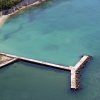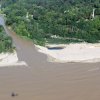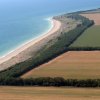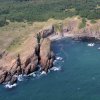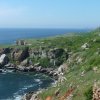Center for Coastal & Marine Studies
Successful Conclusion of the Fifth International Marine Protected Areas Congress (IMPAC5)
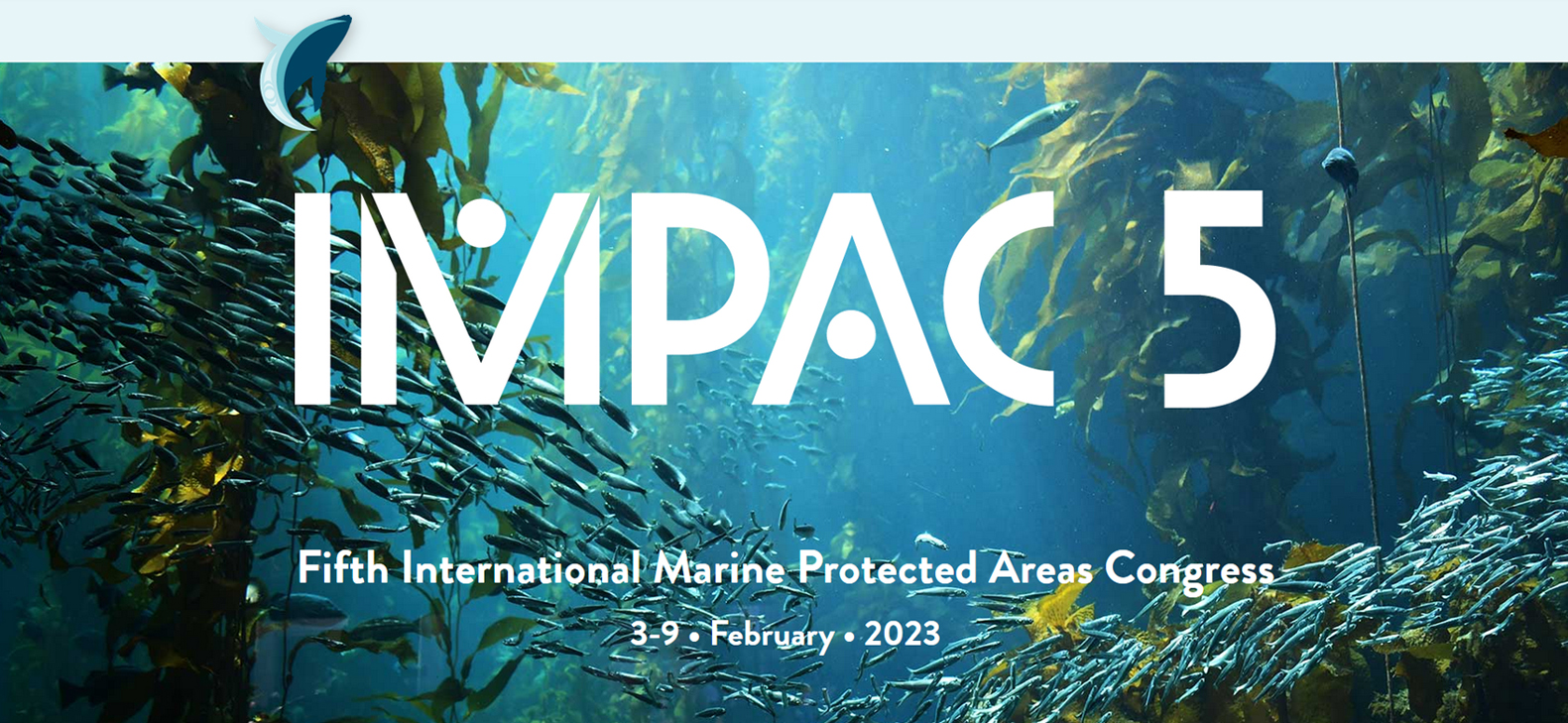
Vancouver, British Columbia, 3-9 February 2023
Fifth International Marine Protected Areas Congress (IMPAC5)
Oceans play an essential role in the lives of people around the world. To promote the long-term sustainability of the world ocean and ensure that future generations are able to benefit from our marine resources, the global community must work together to combat climate change and address biodiversity loss affecting ocean ecosystems.
During the Leadership Forum, the Ministers, alongside representatives from governments and leaders from Indigenous, environmental, philanthropic, academic and private organizations, industry, as well as young professionals, discussed the results achieved at IMPAC5. Attendees emphasized the importance of global cooperation in achieving marine conservation targets and focused on the essential role of Indigenous-led conservation efforts. Participants also addressed the need for increased protection of biodiversity through the use of marine protected areas and highlighted the role of marine conservation financing in achieving shared commitments, including Canada’s ambitious conservation goals of conserving 30 per cent of its oceans by 2030.
Special Issue Reprint "Land Modifications and Impacts on Coastal Areas" has been published online and is freely accessible

We are pleased to announce that the Special Issue Reprint "Land Modifications and Impacts on Coastal Areas" to which the CCMS team contributed has been published online and is freely accessible on the MDPI Books platform:
https://www.mdpi.com/books/book/6619-land-modifications-and-impacts-on-coastal-areas
The reprint book will be listed in book databases and is available through several distribution platforms. Furthermore, the reprint can be purchased as a printed copy directly from MDPI website.
CCMS attended the MSP-GREEN Launching Conference on January 17th, 2023 in Venice, Italy
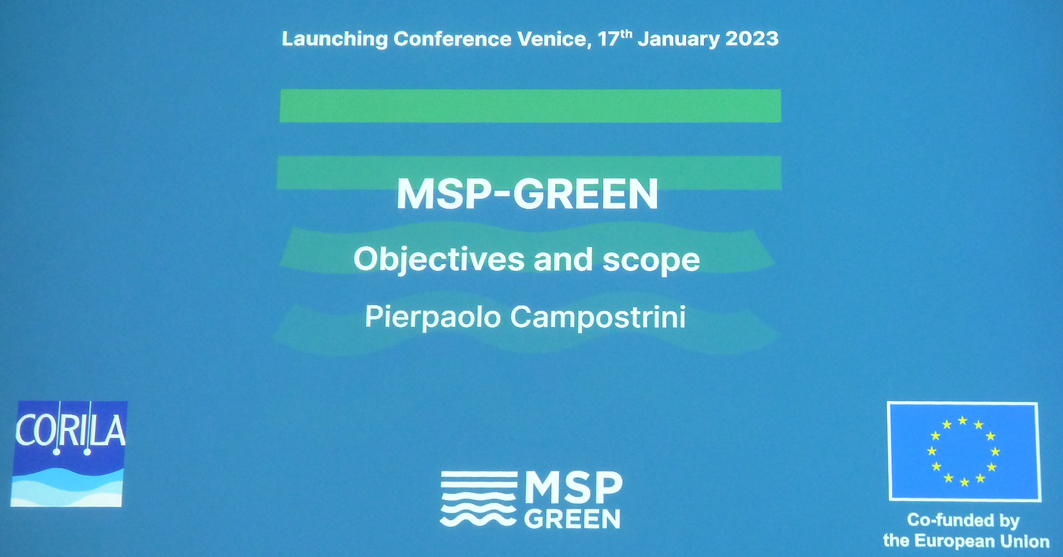
The Launching Conference of the MSP-GREEN project was organized on 17th January 2023 by CORILA, IUAV and CNR-ISMAR, in Venice, Italy at IUAV – Tolentini premises to present to the public the project objectives, invited speakers to describe state of the art and panel discussions with case studies on key topics for the maritime ecological transition.
The MSP-GREEN project contributes to align maritime spatial plans to the ambition of the EGD by creating a framework for plans as marine enablers of the EGD. The framework will provide a cross-cutting approach to the EGD key topics relevant for the marine environment and the sustainable transition of blue economy: climate change, circular blue economy, protection of marine biodiversity, marine renewable energies, sustainable food provision. Recommendations on how to strengthen the EGD ambition of EU MSP plans will be prepared. The sea basins’ dimension will be promoted by considering environmental, socioeconomic, and cultural specificities also, via dedicated Ocean Literacy driven communication.
A NEW STUDY ON MSP AND MARINE AQUACULTURE PRODUCED BY THE EUROPEAN MSP PLATFORM IS OUT!
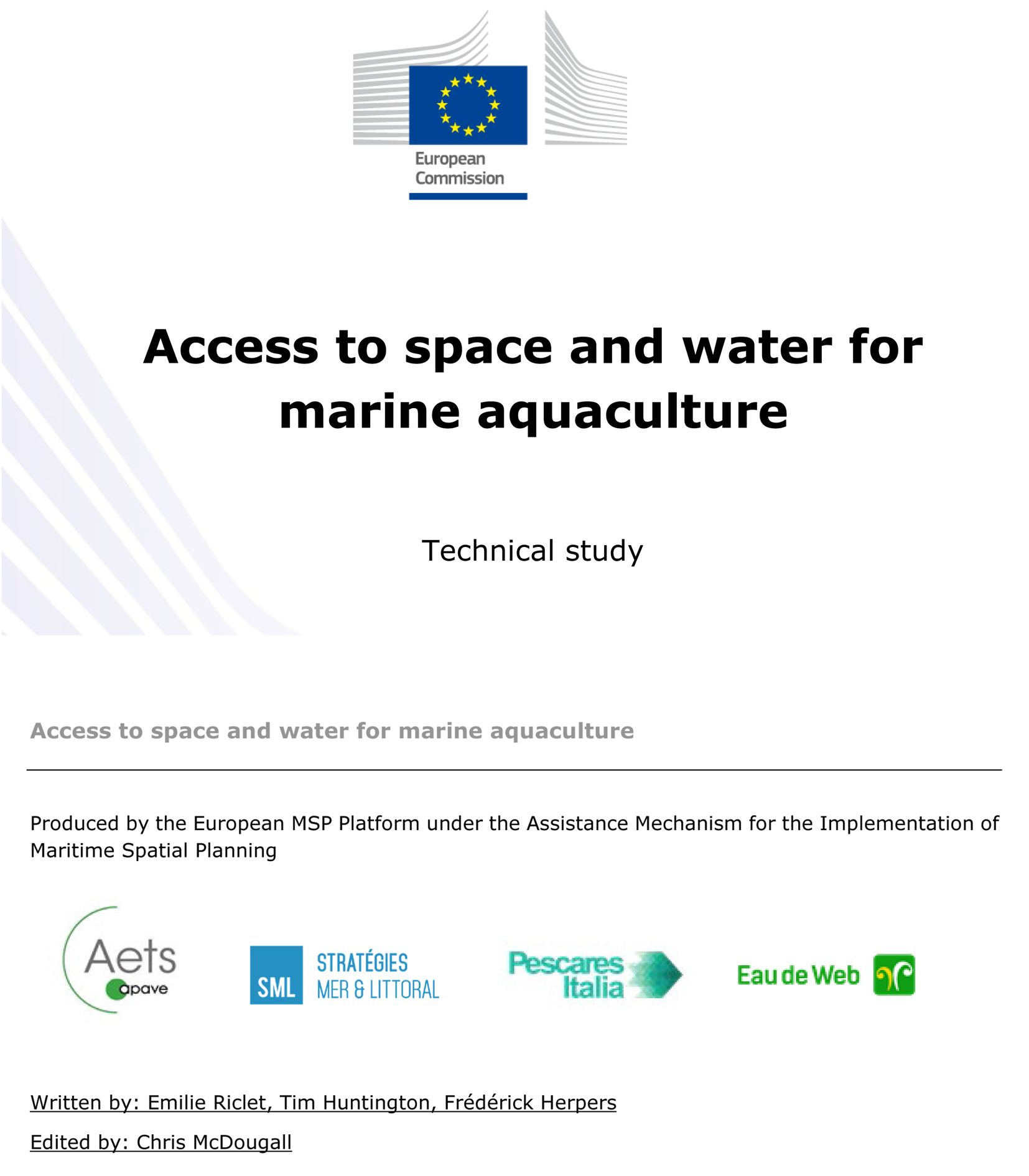
The European Commission and European Climate, Infrastructure and Environment Executive Agency (CINEA), have just published a technical study on “Access to space and water for marine aquaculture”. The objective of this study was to identify the main trends and practices for the allocation of marine space for the development of aquaculture across the EU, within the Maritime Spatial Plans (MSPs) produced to date. Based on consultation with EU Member States, the study presents the main enablers, blockers and model practices for the provision of space and water for the establishment of marine aquaculture.
























